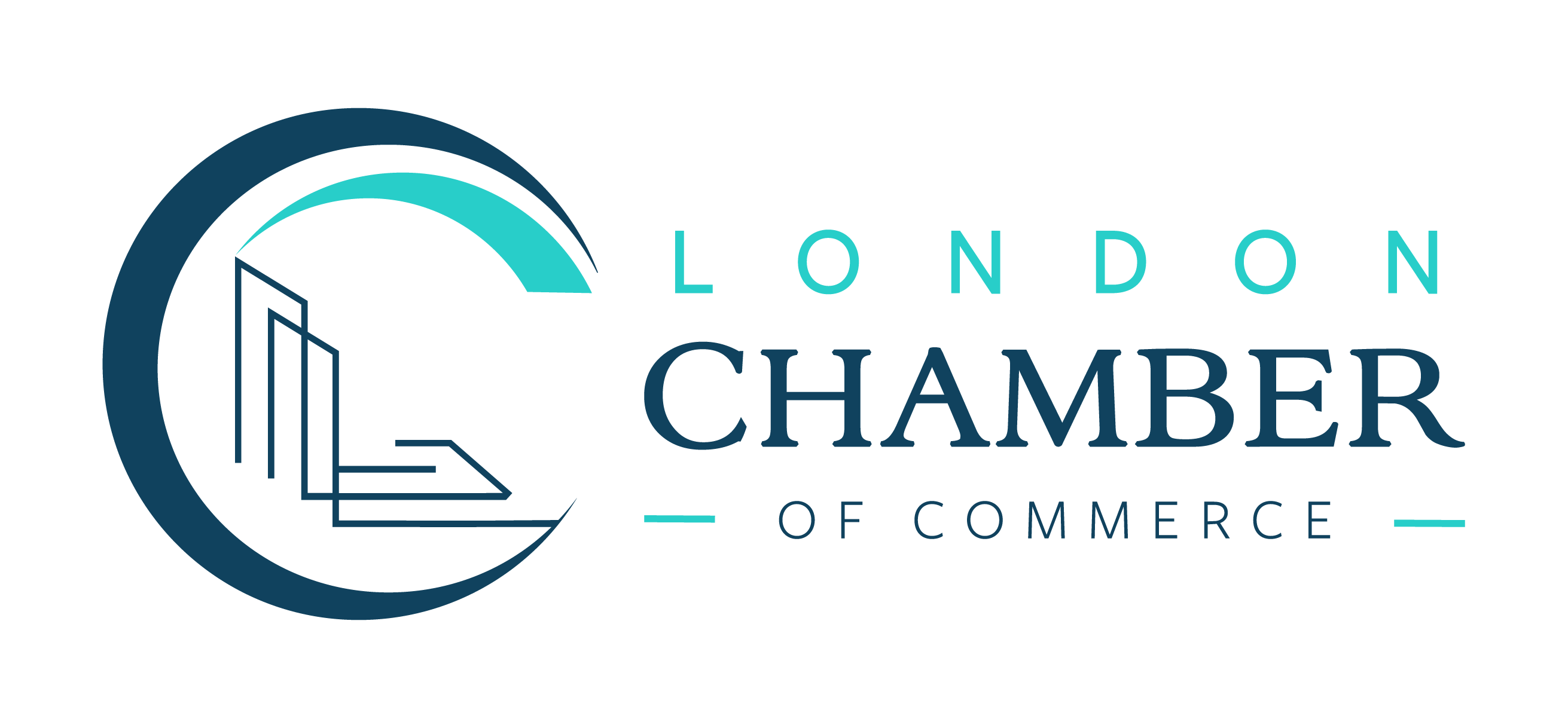The forces that impact technology adoption in an established industry mirror the forces affecting any change management initiative. In past columns, we explored why technology is important to the manufacturing industry and how collaboration and strategic investment can help companies evolve, even in uncertain economic conditions. In this column, we will examine the human factors that impact the rate and success of technology adoption. Ultimately, it doesn’t matter what the technology is or how much money it’s supposed to save if no one uses it.
Change is a given in the manufacturing industry and it is important to pay attention to trends. But by examining the details of successful technology implementations, we can inoculate against change happening to us and we can look to set the pace instead. Manufacturers that embrace technology thoughtfully can create a culture that is resilient in the face of sweeping change. There are many change management frameworks that touch on the points in this article, and it pays to be intentional with your technology adoption journey. Using a change management framework can be a great place to plan the activities to roll out new technology in your company.
People are naturally curious and self-interested. If a change is required, say the introduction of a digital system to replace a manual one, people want to know why and how it will impact their work. First, spend the time to create a technology strategy and road map. Make sure all areas of the business are aligned with that strategy. A clear strategy for the change not only needs to exist but needs to be communicated consistently. The communication can speak to the reason for the change. People also want to know how their work will change. Here, we need to consider the fear of being replaced as well as the fear of not knowing what to do. You can tackle that fear head-on by communicating a shared vision as well as addressing workers’ concerns. This increases trust in the leadership that is driving transformation.
Tools for success
Lowering the barriers to adoption means giving your talent the tools they need to do work in new ways. Training on new tools is a straightforward way to lower that barrier and add value to your workforce. Consider training that suits the needs of the group you want to train. Make it as practical and relevant to the job as possible. Removing barriers also means involving people in the decision-making and development of new processes and tools. The person doing the work needs to be respected. They know more about their job than anyone else. Involving talent in the development gives them agency. A simpler or more robust solution could be developed. Considering the person in the technology design – human-centred design – has two very compelling benefits. It makes for a better solution and it builds trust. Trust in the technology and trust in the person’s own capabilities.
Addressing the business needs
Another aspect of technology adoption is balancing the short- and long-term needs within a company. This can take many forms, from financing to data architecture design to training and mentorship. For example, it takes discipline to finance improvements versus immediate revenue generation and cost-cutting. Technology improvements can require line downtime, financial investment, a team to implement the changes, and so on. All of these are in tension with the day-to-day operations, which have been running successfully for many years. For data architecture, a quick proof-of-concept for a data solution could be used to prove the business case for a longer-term technological change. However, a good data governance strategy and streamlined architecture are important to manage long-term costs. If there are many different quick solutions put into production, the maintenance of those solutions could destroy any advantage you hoped to gain. Training and mentorship can give your talent the opportunity to lead and grow, as well as attract new talent. It’s also important to invest in the change management tactics described above – communication and training take time and money. It will pay off in the long run by investing in that effort during your implementation. Go slow to go fast.
While we have focused on the adoption of existing technology in this column – a “pull” dynamic – the same principles of change management and culture-building can also shift the tide and create a “push” for innovation. If a workforce understands the strategic vision through communication, has trust in the leadership and technology and is given the space to balance the short- and long-term needs of an organization, then that culture can build on itself to create the change you need.
To support the development of your technology strategy, NGen offers the Transformational Leadership Program. This program works with your senior leadership team to build alignment and a road map. Reach out to [email protected] to learn more.
Reposted from https://www.automationmag.com/the-big-picture-the-human-factors-in-technology-adoption/






